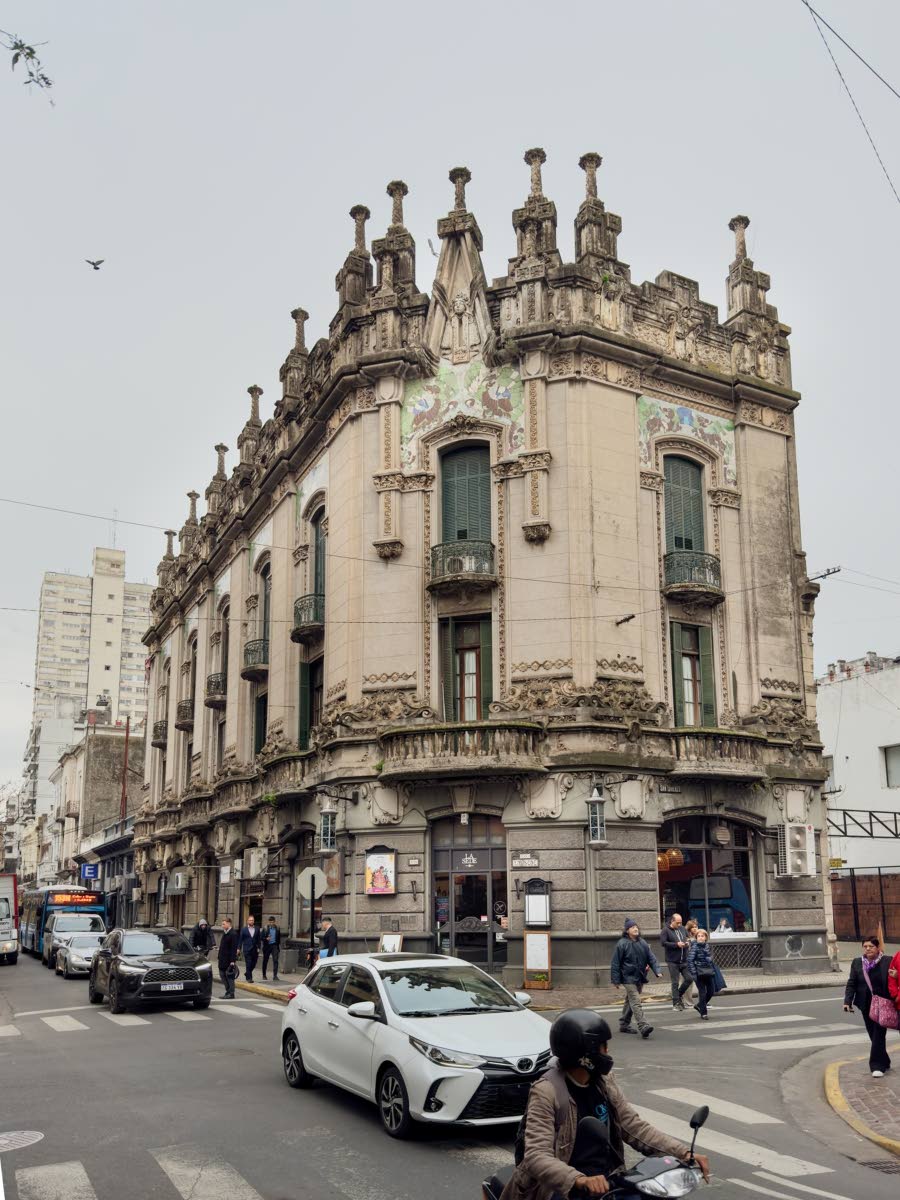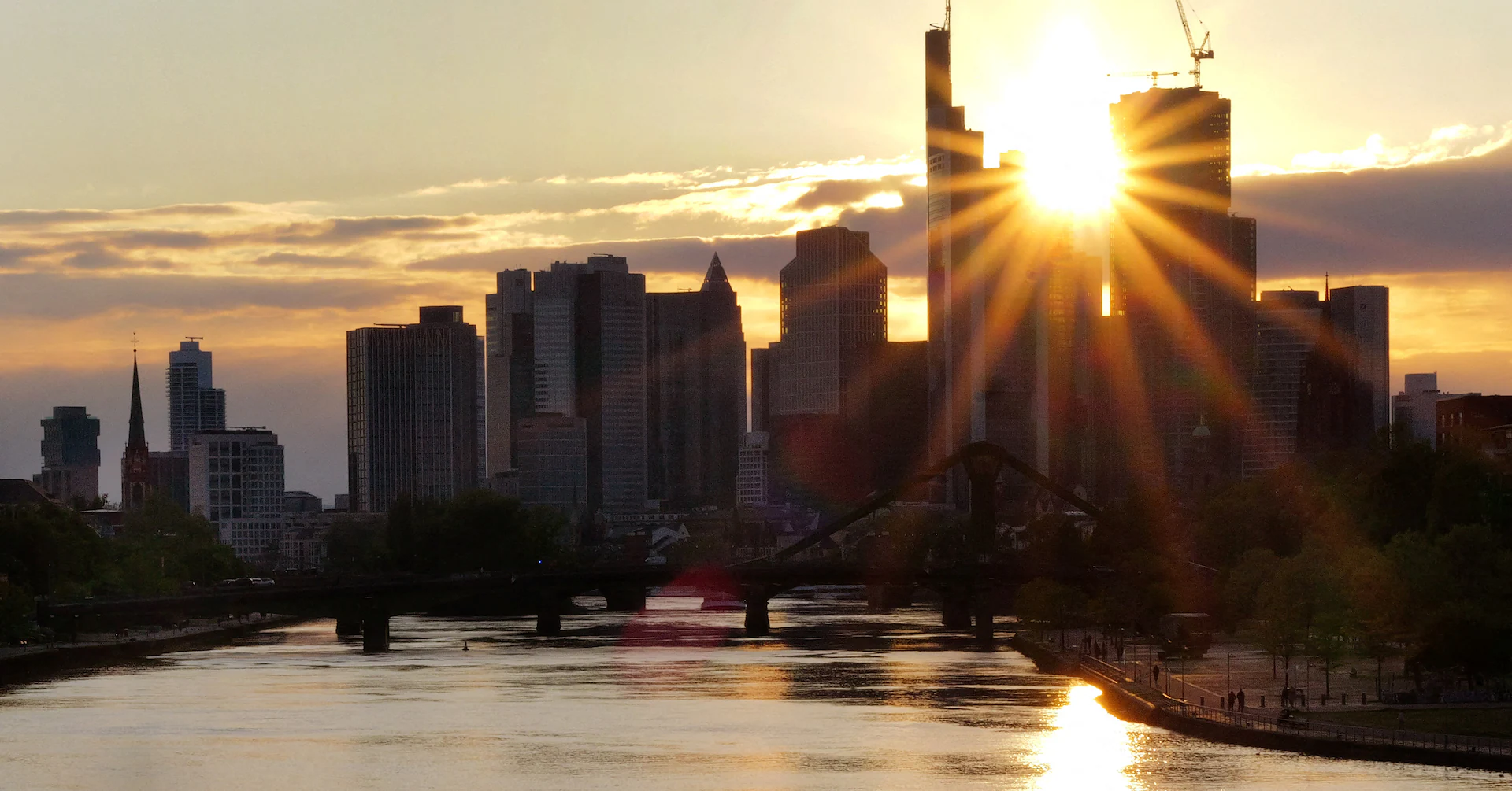By Newsday Reporter
Copyright newsday

Jan Westmaas
PLANNING and executing a 12-day road trip inclusive of hotels anywhere in the world for a group of travellers of disparate ages, personalities and temperaments is not everyone’s idea of fun. This is moreso, if the destinations are the Atlantic coastal regions of the Guianas (Guyana, Suriname and French Guiana) in the hot and humid month of July. It’s an even greater challenge if the group comprises 22 wayfarers – mainly retirees – the eldest a sprightly 80!
The concept of “Three Guianas” had my brain ticking as I kept a long-considered idea alive. Geographers and geologists prefer to use the term Guiana shield because beneath this landmass is an ancient geological formation, some 1.7 billion years old called the Guiana Shield. From this region plunge two of the world’s most spectacular waterfalls – the Angel Falls – the world’s highest uninterrupted waterfall located in nearby Venezuela and the Kaiteur Falls in Guyana, reputedly five times higher than the Niagara Falls.
With two major river boundaries to cross – the Courantyne and the Maroni – separating the three countries, a multiplicity of languages (European, African, Asian, Creolese and indigenous) and an undeveloped tourism infrastructure, at least compared to what we had grown accustomed to in Latin America, getting from Georgetown to Paramaribo, and then to Cayenne and back in 12 days, was not for the faint of heart.
And if you find this tour difficult even to conceive of, let alone attempt, consider what follows. Two weeks after our return from the Guianas, 42 travellers – 15 from the three Guianas tour, successfully completed an overland and across river tour of three of the four countries that comprise the Spanish-speaking Cono Sur (Southern Cone). We travelled by coach and catamaran from the Pacific (colourful, hilly and artsy Valparaiso and beach tempting Viña del Mar in Chile) to the Atlantic estuary which straddles the two capital cities on the Río de La Plata – Buenos Aires (Argentina) and Montevideo (Uruguay). From the Pacific to the Atlantic became the mantra that kept me focused.
It was my third visit to the Chilean capital, Santiago, which was founded in 1541. With the aid of a guide, I was happy to share with my clients vistas of the city’s 19th century neo-classical architecture, its winding streets with buildings of varying architectural styles, all set against a snow-topped Andean mountain.
We climbed the Andes by coach from Santiago to the town of Mendoza across the Argentine border. Mendoza, founded in 1561, is noted world-wide for its grape and olive orchards and its wineries and olive oil factories. Next time you purchase a bottle of Argentine wine in Trinidad, check to see whether it was made in Mendoza! There’s a good chance it was. With some prompting from our guide Freddy, we made it our business to visit a winery and an olive oil factory on our Mendoza city tour.
To get to Mendoza in the southern hemispheric winter was no easy matter. We had to navigate 28 infamous bends on a mountainous, slippery, snowy road with Argentina’s highest peak – Aconagua (6,961 metres) – boldly staring at us. Thank God the coach had heating. The excitement in our coach generated by the wintry landscape and the blood-curdling curves on the road was worth the experience. Even the faint of heart could not resist displaying their emotions in the face of such outstanding beauty. Sounds like madness, some would say, but others would argue that this is what happens when the travel bug bites.
We then descended to the pampas where local English-speaking guides led us through the well-maintained and prosperous looking towns of San Luis, Rio Cuarto and Rosario, spending a night in each place. Rosario had engaged my attention as a youth in the late 60s as it was the birthplace of Ché Guevara, the Argentine medical doctor turned guerilla fighter.
Rosario is a charming provincial town of close to two million inhabitants on the Paraná River. Its six-kilometre malecón (promenade on waterfront) was a delight to us, as were its numerous parks, plazas and open spaces. Despite what some describe as a tottering economy made worse by divisive politics – the Peronist Left against President Javier Milei’s extreme right – Argentina, even before we reached Buenos Aires, felt and smelt like a place where life was worth living.
Eventually, after some 1,500 kilometres on the road, we reached the capital! Founded by Spanish conquistadors way back in 1580, one would be right to think that Spanish colonial architecture had over the years been neglected. The new city’s wide boulevards, its outstanding monuments and fine neo-classical buildings reflected a new reality. According to our guide on a previous tour (2003) , “The Argentine revolutionary leaders wanted no trace of Spain in their new city. They rejected Spanish colonial architecture and embraced Italy’s and France’s instead.”
And Buenos Aires smelt and felt like Italy! In the evening on Avenida Corrientes where our Hotel Ibis Obelisco was located, long but orderly lines had gathered to purchase pizza from three well-known pizzerias – Guerrin, Las Cuartetas and Los Inmortales. “Más cortas están las colas por la mañana” (lines are shorter in the morning), a porteño (resident of Buenos Aires) advised me. And to complete the comparison with Italy, on the other side of the Avenue, long lines waited to attend performances at various theatres. I noted that in one, Teatro Flores, the musical Rocky was carded to be performed on September 9. Two weeks before the event, crowds had been lining up to purchase tickets for a musical that premiered in 2012!
Writing about a visit to the underdeveloped extreme north (barring Portuguese-speaking Brazil) and in the same breath writing about a tour of the Spanish-speaking developed extreme south, may sound somewhat far-fetched but I can justify it. With radically different histories and a distinct geography to both regions, I thought the contrast would be stark, interesting, and evident to even the least discerning and informed traveller. Two different worlds inhabited the same continent.
The Spanish and Portuguese colonisers ended up with the greater chunk of the South American mainland, leaving the Dutch, French and British to battle over most of the rest of the land in the remote, largely coastal and forested north. With the history of colonisation of the latter three nations marked by the enslavement of Africans and the indentureship of Asians, Chinese and Madeirans on sugar cane plantations, Guyana, Suriname and French Guiana are more reminiscent of the Caribbean, culturally and ethnically.
Probably the most heterogeneous and cosmopolitan of the three is French Guiana where in the village of Cacao, a small, thriving community of Hmong (Chinese) people from Laos (a former French colony) have settled as refugees. They brought with them their skills in agriculture. Now fully integrated into creole society, they grow a lot of the food consumed by the country.
All of the 12 countries on the South American continent are decolonised, barring one – French Guiana – which is known rather cynically, in my view, as France Outre Mer or France Overseas. French Guianese may carry French passports but most still see themselves as being in a colonial relationship with their mother country.
Compared to the far longer period of independence from Spanish rule (the 1820s) enjoyed by Chile, Argentina and Uruguay, Suriname and Guyana’s independence from the Netherlands and Great Britain respectively, is relatively recent. Arguably, they are still babes-in-arms. Guyana’s independence came in 1966. Nine years later (1975) Suriname declared its independence from the Dutch.
Apart from this, all three Spanish-speaking nations benefitted tremendously from post-independence immigration from Europe. Gobernar es popular – to govern is to populate – became the battle cry in Argentina after independence. In reality, development for Argentine intellectuals meant populating the country with “civilised “ people from Europe rather than relying in the eyes of the Spanish colonizers, on the rapidly declining “uncivilised” indigenous people and on the “barbaric half-breed” gauchos on the pampas.
Ironically, all three nations of the Southern Cone, despite their admiration for a free and democratic Europe, had to endure dark periods of military dictatorship in the 70s and 80s before democracy took root. In Chile, Gustavo Pinochet was complicit in having democratically-elected president Salvador Allende assassinated while Jorge Videla and Gregorio Alvarez headed brutal military regimes in Argentina and Uruguay respectively before these countries settled down to civilian rule by the majority in the late 80s, early 90s and beyond.
Jan Westmaas is author of Out of the Box Tales of Travel 1972-2013. Available on line on Amazon.com



